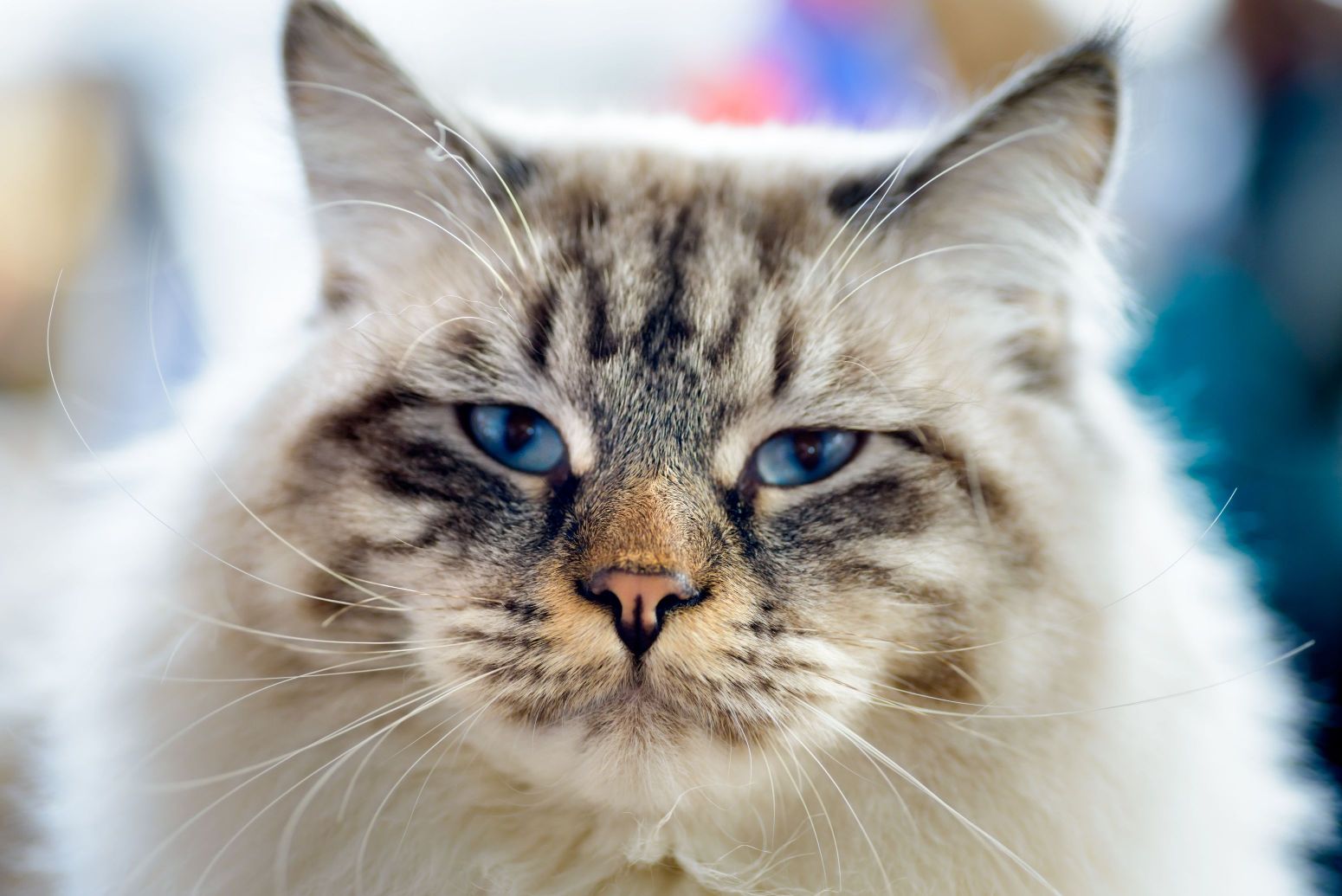
Is Your Cat Dealing With Situational Anxiety?
In 2016, 80 million Americans owned pets. Seventy-four percent of these pet owners attributed improvements in their mental health to their furry friends.
With unconditional love and constant companionship, pets help their owners handle daily stresses. In extreme cases, they even help their owners manage depression, anxiety, and other major mental illnesses.
If you’re among those who have enjoyed the mental health benefits of pet ownership, you know that staying paws-itive is easier when you have four furry paws walking by your side. What you might not know is that your pets can struggle with mental illness too.
Situational anxiety is a common mental disorder in cats. If you’re a cat owner, it’s important to know the signs so that you can help your cat when you recognize them.
Anxiety in Cats
The prevalence of anxiety among cats is similar to its prevalence among humans. It’s estimated that 18.1 percent of American adults struggle with anxiety disorders. According to a 2020 study, the percentage of cats suffering from anxiety is only slightly lower: 13 percent, and the percentage of veterinarians who say they have treated cats for anxiety is actually closer to 20-25 percent.
At either measure, anxiety in cats is common. In fact, it’s too common. When solutions are available, any number of anxiety sufferers of the two- or four-legged variety is too many.
Symptoms
Behavioral symptoms of anxiety in cats include:
- Marking, or spraying urine outside the litter box
- Increased vocalization
- Agitation and aggression
- Hiding
- Destructive behaviors
- Excessive or inadequate grooming
- Shaking, pacing, clinginess, excessive skittishness, or other signs of unease
- Changes in sleep or activity patterns
As anxiety progresses, symptoms can become physical as well. Cats with anxiety often exhibit skin and gastrointestinal issues. These include:
- Excessive scratching and biting
- Patches of dry or irritated skin and scabs
- Hair loss
- Loss of appetite
- Frequent vomiting
- Diarrhea

Types: Generalized and Situational Anxiety
Two main types of anxiety afflict cats: generalized and situational. Paying attention to when and how frequently your cat exhibits symptoms of anxiety can help you and your vet arrive at a proper diagnosis.
Cats with situational anxiety exhibit anxious behaviors when they are exposed to certain triggers. Triggers might include:
- Going on car rides
- Taking trips to the vet
- Moving to a new house
- Introducing a new person or pet into the family dynamic
- Experiencing changes in household routines, layout, or other arrangements
- Being exposed to loud noises, like fireworks or machinery
- Being left alone
In fact, separation anxiety is the most common specific type of situational anxiety in cats.
Cats with generalized anxiety, in contrast, live under constant stress and exhibit the above symptoms regularly, even in the absence of any apparent triggers.
Causes
Certain factors contribute to anxiety in cats. These include a history of abuse, multiple owners, and improper socialization during kittenhood. Older cats are also more likely to suffer from anxiety than younger cats, but it can occur at any age and in any breed.
Diagnosis and Treatment
Diagnosing anxiety in cats is often a matter of ruling out alternative explanations for symptoms. Other health problems, including thyroid conditions, kidney disorder, and cancer, can mimic the symptoms of anxiety. Therefore, your vet will conduct a physical exam and may order blood and urine tests to rule out these causes.
If no other cause is present and the symptoms stem from anxiety, the next step is determining a course of treatment. Several options are available.
Modify the Environment to Remove the Trigger
For situational anxiety, the most obvious solution is to remove the trigger or allow your cat to remove himself from it. Providing safe spaces, plentiful exits, comfortable bedding, and calming music are among the easiest environmental modifications to make.
However, completely removing triggers is often not possible. Families move, expand, and adopt new pets. Neighbors will set off fireworks. Cats must go to the vet, and they are invariably left alone for stretches of time each day.
Simply put, protecting your cat from all anxiety triggers is nearly impossible. Plus, some cats suffer from generalized anxiety with no obvious triggers. Other treatment options are, therefore, necessary.
Behavioral Training
Behavioral training is one option. Working with a therapist or trainer, you may be able to decrease your cat’s anxiety using exposure therapy and positive reinforcement, including treats, playtime, praise, and attention.
Prescription Medications
Certain prescription medications can also be used to treat anxiety in cats. However, these come with side effects, including sleepiness and stomach upset. Their long-term health consequences may also be uncertain. These factors, combined with the ongoing cost of prescription medications and the fact that they simply don’t work for some cats, make such options less than ideal.
Alternative Remedies and Supplements
Some owners try other remedies, including massage and acupuncture, to manage their cats’ anxiety. Although studies of these methods’ effectiveness are limited and they can be costly, they don’t bring any negative health effects. So it’s up to individual owners to decide what methods are worth trying.
Herbal diffusers and treats that contain l-theanine, chamomile, and catnip can also help some cats.
Increasingly, however, pet owners seeking safe alternatives to prescription medications are choosing CBD. In fact, CBD may be among the most effective options for your cat. CBD addresses anxiety at its source, and it does so naturally.
Cats — and humans — experience anxiety when their brains receive and overreact to stress signals. When anxiety triggers are more than your cat’s natural endocannabinoid system can regulate, the compounds in CBD can help. Cannabinoid therapy works by increasing levels of CBD and THC and, thus, enhancing your cat’s natural stress response.
Choosing the right product and dose for your pet is important. The most effective CBD products are minimally processed 100% full-spectrum CBD oils, which include CBD, trace amounts of THC, and other compounds. Scientists who study and develop CBD treatments recommend these products because they capitalize on the “entourage effect.” This means that the various compounds in the hemp plant are most effective when they work together. Using the whole plant — choosing a full-spectrum CBD product — ensures that your pet receives the whole benefit of CBD treatment.
Other factors to consider when choosing a CBD treatment for your pet include safety and purity. The best CBD products are grown organically and undergo third-party testing to ensure the highest quality and safety.

When Your Cat Is "Feline" Anxious, CBD Can Help
You wouldn’t let your two-legged friends deal with their anxiety on their own, so you shouldn’t let your four-legged friends suffer alone either. Understanding the causes and recognizing the symptoms of anxiety, including situational anxiety, in cats is the first step in finding a treatment that works.
The experts at Mile High Products can help you explore the full range of options and choose the best one for your pet. Contact us or start shopping today.

